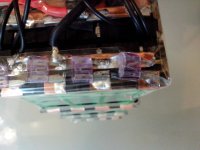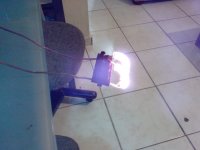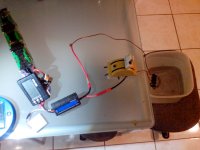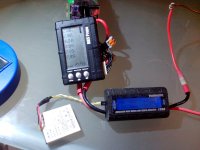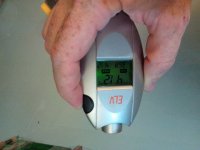Had some time on weekend and did a fusing test. As stated in second post, the cell IR does not allow to fuse the whole serie. Shorting 1 cell I got 1 fuse melted in about 2 sec. Next one heated up and melted solder from parallel connection and got opened, third did heating a little without even melting PP tape on top of it.
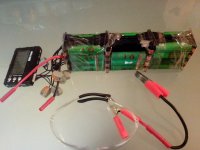
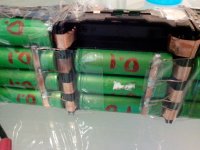
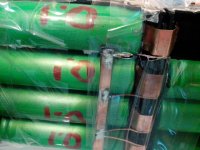
 View attachment 2
View attachment 2
Other cells are 4,11-4,15V
Conclusion: Even if I take tinny 36AWG fuses and they all melt, the serie string will not be able to melt main 35A fuse and kill 6cells in serial string instead of 4 cells in parallel string.
My series fusing is = Fail.
Fusing every cell will generate significant heat, which is bad without active temperature control.
Unfortunately I will have to live with replacing whole P group in cell internal short event.
Found my old digital scale and here we have

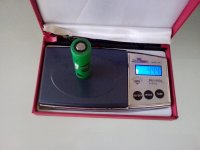
Cell weight 44.4gr for Konions
Pack weight 1320gr
Enclosure weight 254.4gr or 23.9% over cell weight or 19.3% of total weight.
Note

F, B and BE from Panasonic are heavier and make weight relation better


